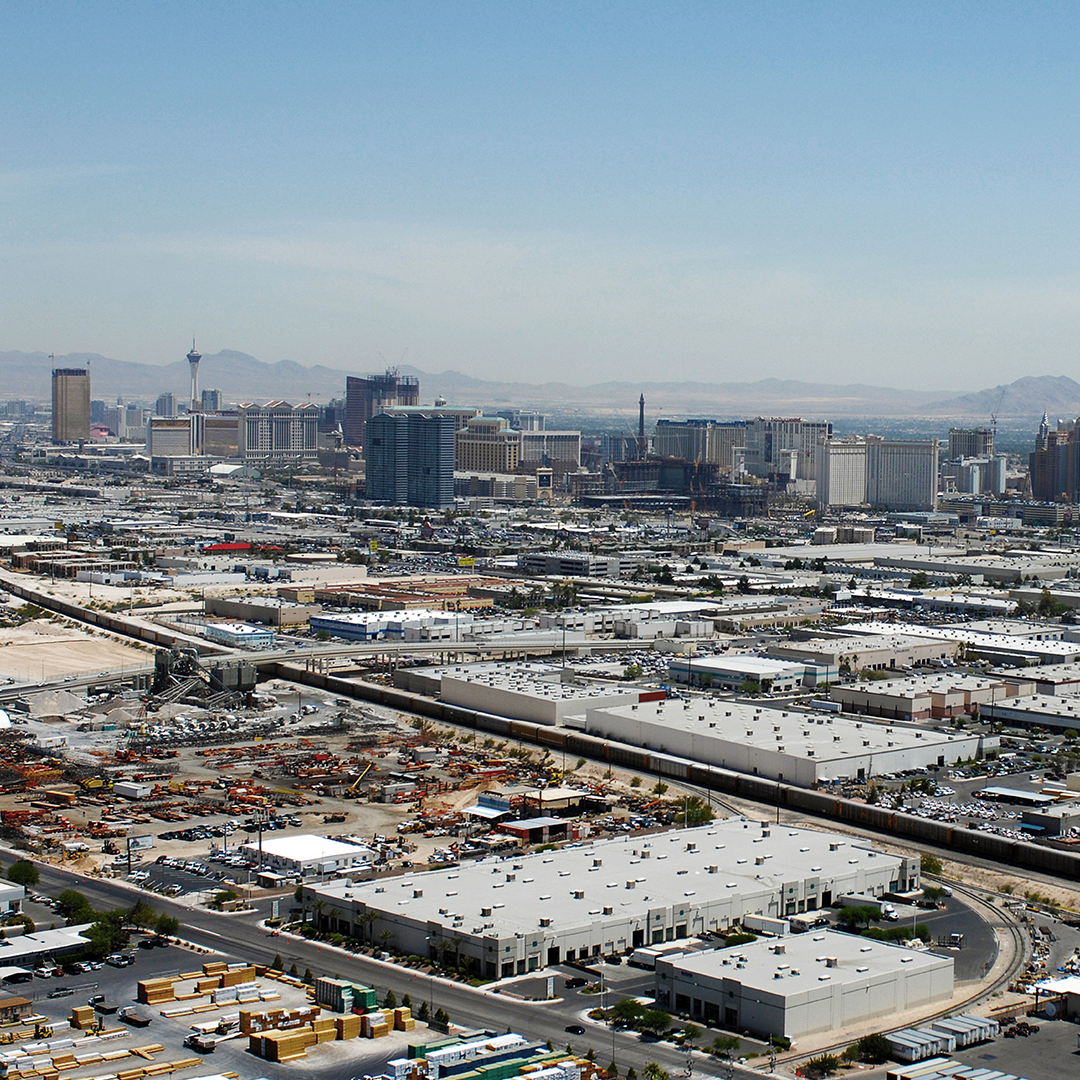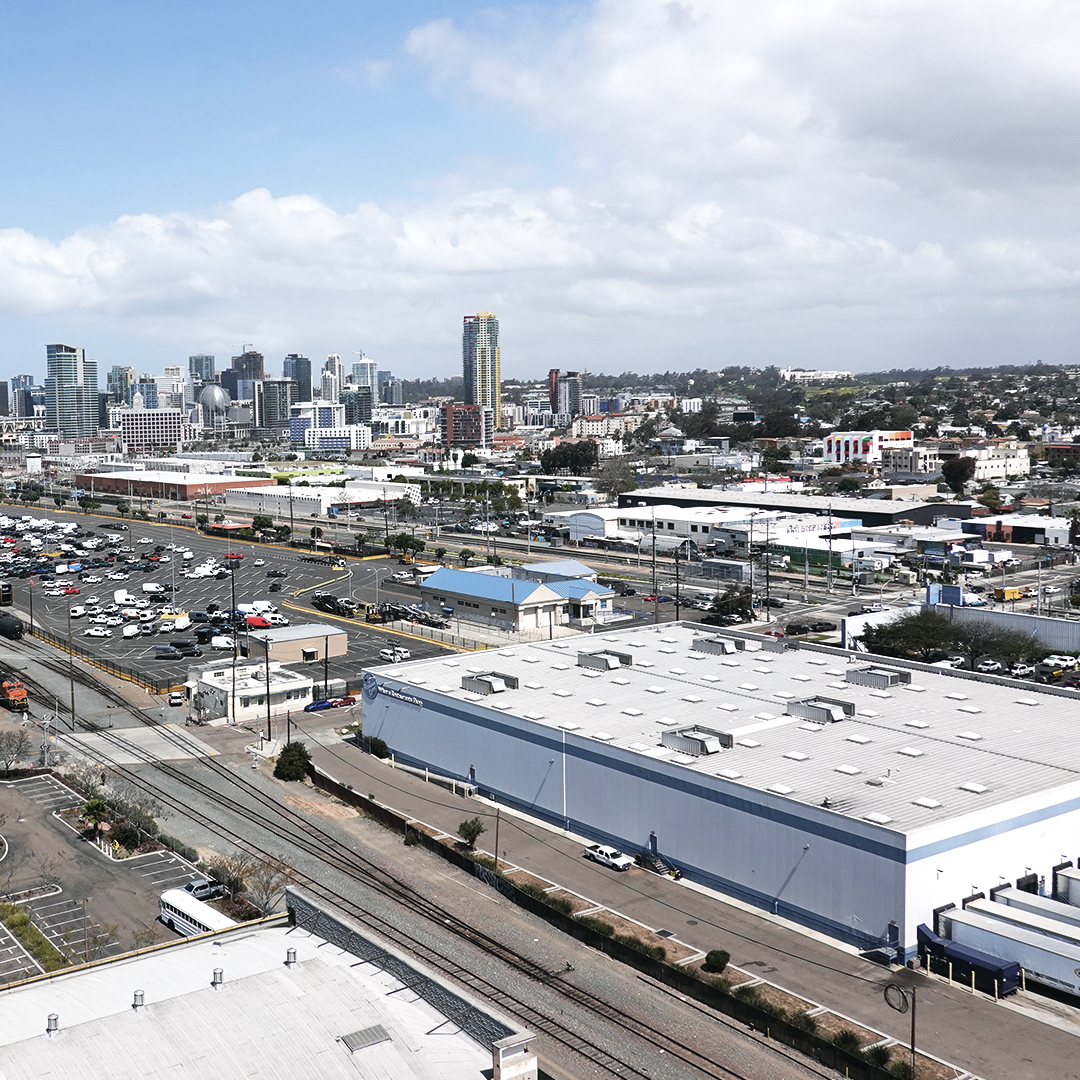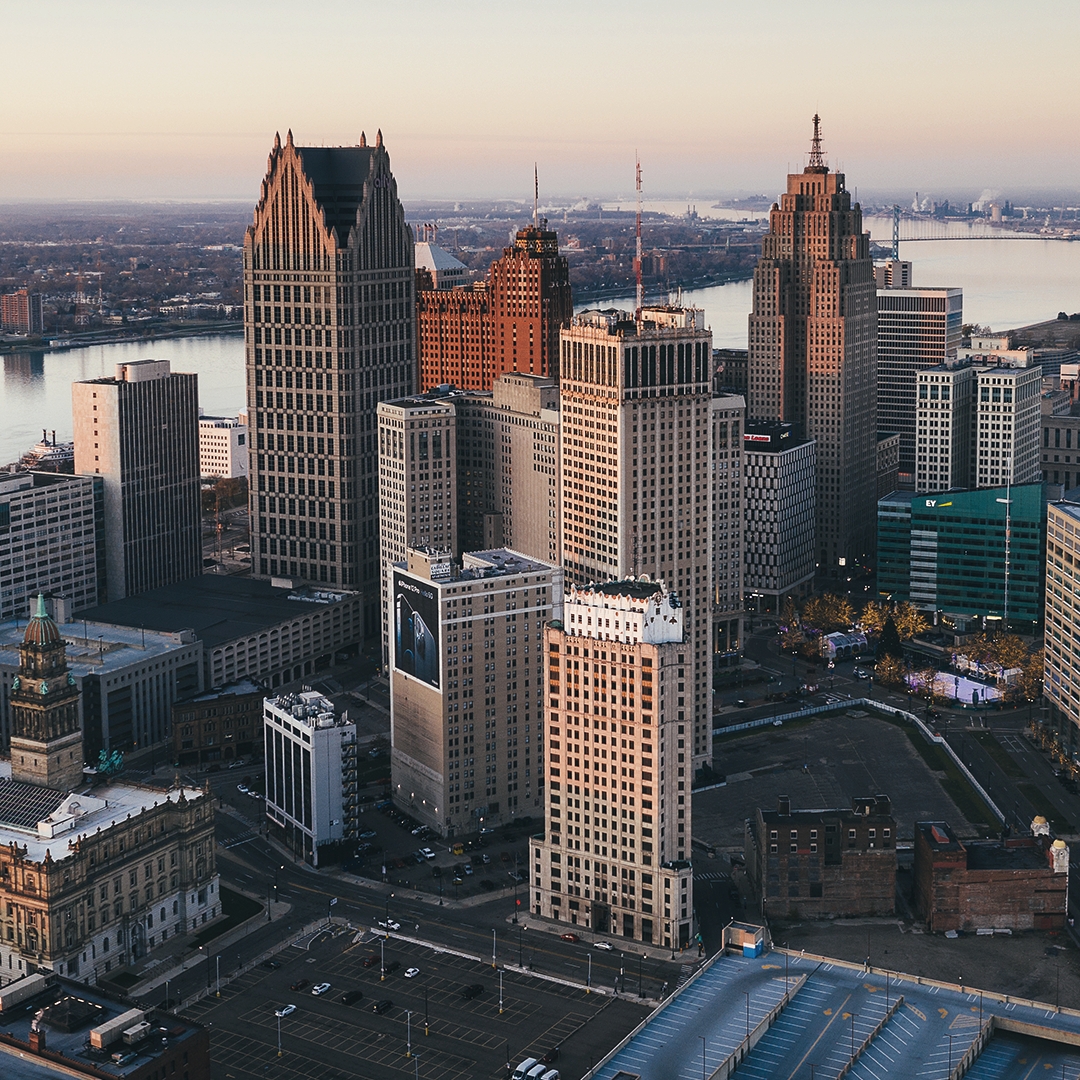Future Cities
Emerging Industrial Markets: Milwaukee
February 29, 2024 5 Minute Read

Vogue says Milwaukee is ‘the Midwest’s coolest and most underrated city’ and its industrial real estate market is following suit. Proximity to the Great Lakes affords Milwaukee a tremendous manufacturing base, and nearby Chicago has engendered a rapidly growing warehouse base. Additionally, its electrical power and freshwater infrastructure have drawn high tech manufacturing and food occupiers.
Demographics
Approximately 2.6 million people—23% aged 18 to 34—live within 50 miles of Milwaukee. There are 32.5 million residents within 250 miles, a larger concentration than major industrial markets such as Dallas-Ft. Worth, TX, Inland Empire, CA, Louisville, KY and Nashville, TN.
Figure 1: Milwaukee Population Analysis
Milwaukee’s warehouse labor force of 32,794 and is expected to stay flat over the next decade, according to CBRE Labor Analytics. The average salary for a non-supervisory warehouse worker is $18.26 per hour, with a range of $16.97 to $20.04. This is 2.7% above the national average warehouse wage of $17.78.
Figure 2: Milwaukee Warehouse & Storage Labor Fundamentals
Location Incentives
Over the past five years, there have been more than 60 economic incentive deals, valued at over $260 million for an average of $13,000 per new job in the Milwaukee metro, fDi Intelligence reports.
According to CBRE’s Location Incentives Group, among the top incentive programs available in Milwaukee is the Business Development Tax Credit (BTC) program, which provides refundable tax credits to businesses that support job creation, capital investment, employee training and/or locate or retain a headquarters in Wisconsin. To qualify, a company must increase net employment each year it claims tax credits. Tax credits include:
- Up to 10% of annual wages for up to three years for eligible employees earning 150% of the federal minimum wage
- Up to 50% of eligible training costs
- Up to 3% of personal property investment and up to 5% of real property investment for projects with a minimum investment of $1 million or $10,000 per eligible employee
- Up to 10% of annual wages for up to three years for positions created or retained at headquarters facilities
Figure 3: Top Incentive Programs
Note: The extent of state and local incentive offerings depends on location and scope of the operation.
Logistics Drivers
Located in the Great Lakes region, Milwaukee’s robust infrastructure gives companies one-day access to many major North American markets. There is international commercial air service from Milwaukee's Mitchell International Airport and Chicago's O’Hare International Airport.
The city’s primary airport is Mitchell International Airport, located less than 15 minutes south of its downtown. Mitchell's 10 commercial airlines serve 7 million passengers per year, offering nonstop service to more than 40 U.S. destinations and one-stop connections to 200 international destinations. Chicago's O’Hare International Airport, the world’s fourth busiest airport, is just 70 miles south of Milwaukee's downtown.
The East–West Freeway (I-94) travels through metro Milwaukee from the west until it reaches downtown. The North–South Freeway (I-43) is Milwaukee’s main north-to-south highway. It runs roughly parallel to Lake Michigan’s coast. Interstate 90 (I-90) runs from east to west through the western, central and southern parts of the state.
Supply & Demand
As the U.S.’s 15th largest industrial market, Milwaukee has nearly 343 million sq. ft. of existing industrial space. Milwaukee’s inventory is fairly evenly distributed by size, although most commonly 100,000 sq. ft. to 249,999 sq. ft. In 2023, Milwaukee had 3.8 million sq. ft of annual net absorption, with positive net absorption for 17 consecutive quarters.
Overall average asking rents in Milwaukee stood at $4.95 NNN per sq. ft. per year, up 15% since 2019. This is the most affordable rate in the Midwest and the second-most affordable in the U.S.
Milwaukee’s overall vacancy rate increased to 4.6% last year, just under the national average of 4.8%, driven by 11.6 million sq. ft. of new construction. At least 1 million sq. ft. of new industrial space has been delivered for a record six consecutive quarters.
Milwaukee’s vacancy rate should stabilize and asking rents should increase in the coming quarters due to a tapering down of construction activity. At the end of 2023, 5.2 million sq. ft. was under construction, half the construction volume as of midyear 2023. Over 60% of industrial space under construction is preleased, so very little available first-generation space will be added this year. Although continued macroeconomic uncertainty tempered transaction activity in 2023, there should be more economic clarity this year and, therefore, higher leasing volume.
Figure 4: Milwaukee, Historical Data
Figure 5: Milwaukee, Size Range Comparison
Emerging Industrial Markets
Spotlighting markets across North America that offer demographic, logistics and incentives advantages for industrial investors and occupiers
Contacts
James Breeze
Vice President, Global Industrial and Retail Research

John Morris
President, Americas Industrial & Logistics, Advisory Services

Related Insights
Related Services
- Property Type
Industrial & Logistics
We represent the largest industrial real estate platform in the world, offering an integrated suite of services for occupiers and investors.
- Property Type
Industrial & Logistics Investor Services
Purchase, lease, and manage and sell your assets with proven real estate strategies for industrial investors, property owners, developers and landlords.
- Property Type
Industrial & Logistics Occupier Services
We help businesses drive sustainable value through the entire real estate lifecycle to meet clients’ objectives, mitigate risk and optimize performance.






